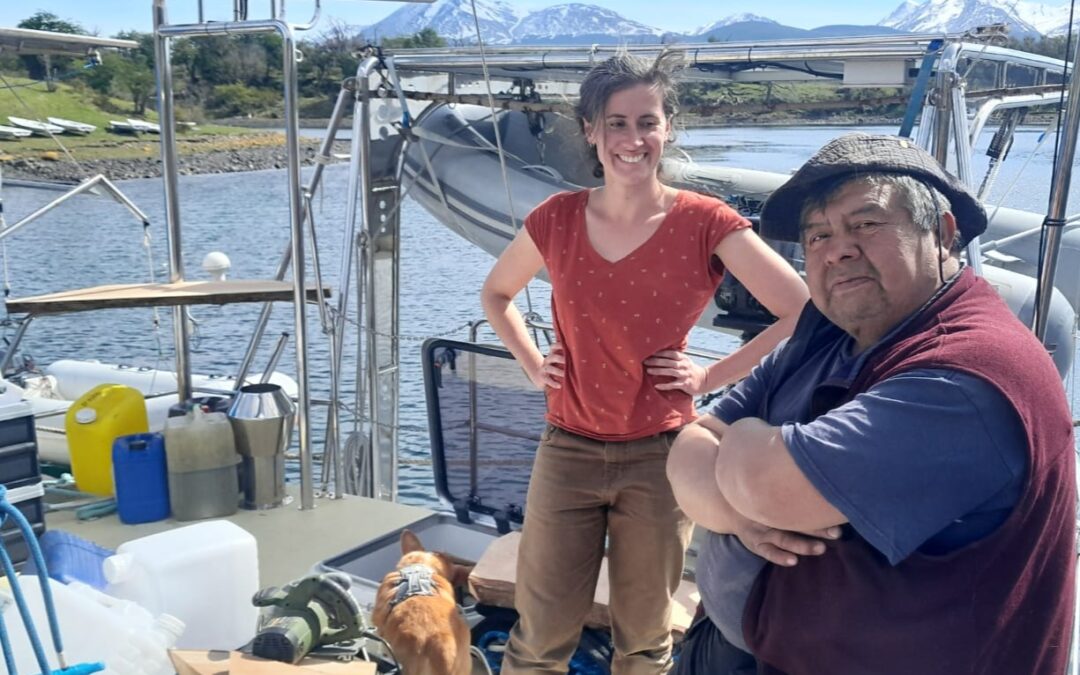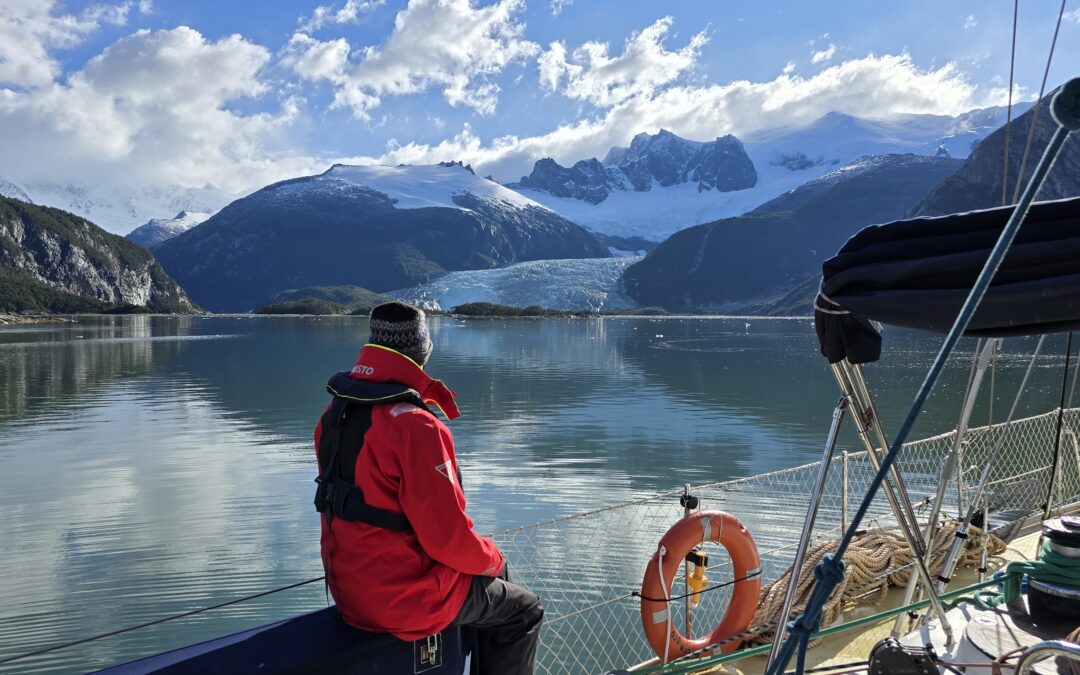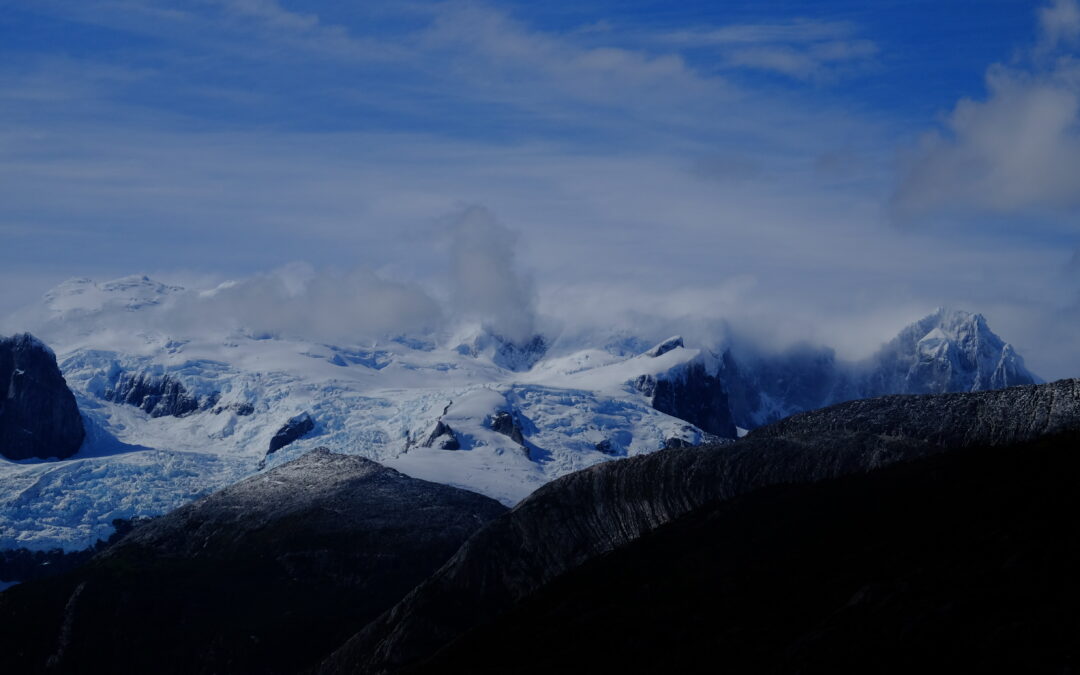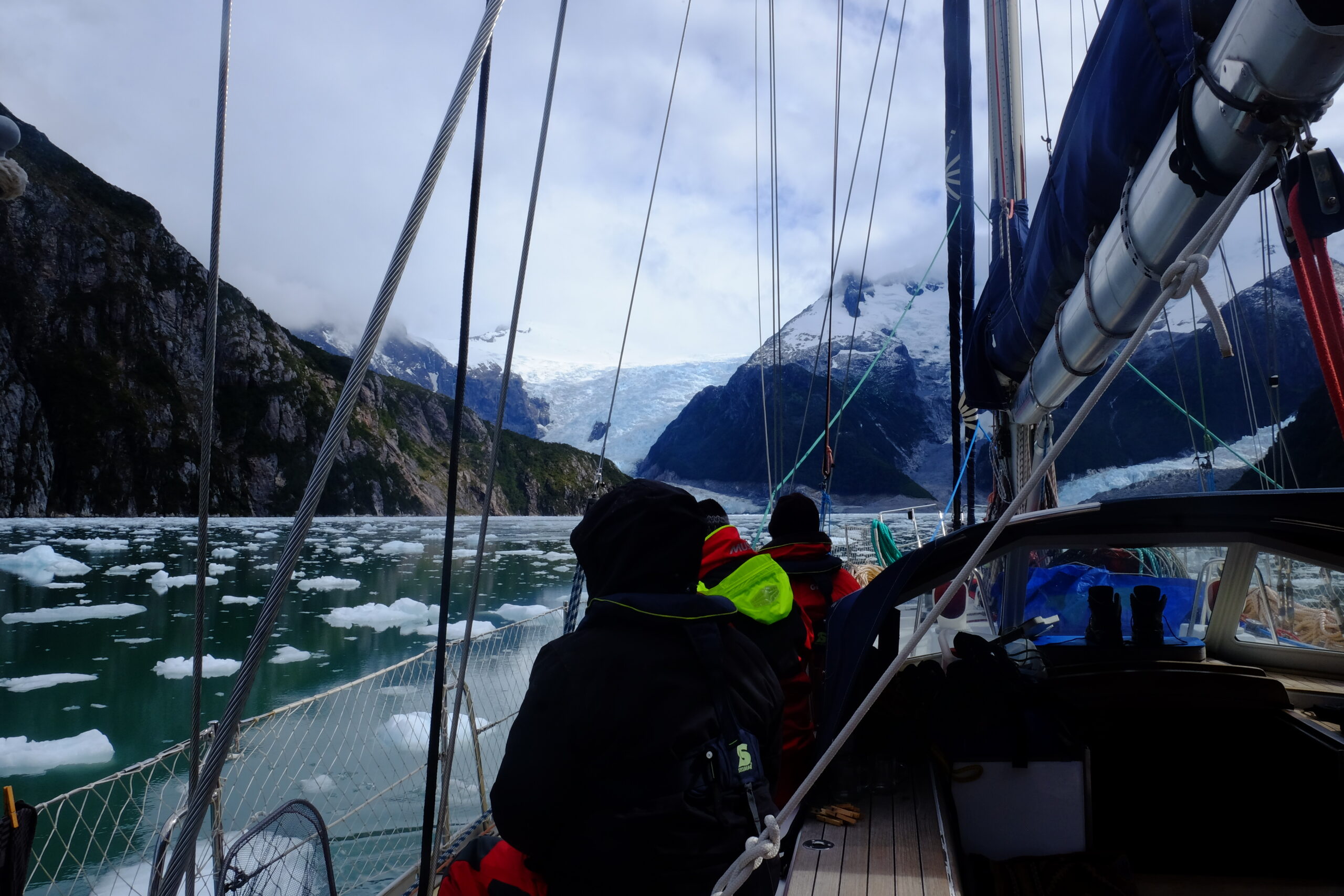
Chile

Association Karukinka
Loi 1901 - d'intérêt général
Dernières nouvelles du bord
La Patagonie vous fait rêver ? Rejoignez l’aventure !
Chile: A unique discovery of more than a hundred seaspecies was made (Sciences & Vie, 26/02/2024)
A deep-sea expedition off the Chilean coasts has recently brought exceptional discoveries that shake what we already know about marine biodiversity.Scientist of the Schmidt Ocean Institute (SOI) have charted vast areas of the ocean and documented more than a hundred...
Chile adds the Selk’nam people to the list of Indigenous Peoples recognized by the State (source: Chile Deputee Chamber website, September 4, 2023)
https://www.camara.cl/cms/noticias/2023/09/04/pueblo-selknam-es-incluido-entre-las-etnias-indigenas-reconocidas-por-el-estado Translated from Spanish The Assembly has approved a bill to add the Selk’nam people among the list of Indigenous Ethnic Groups recognized by...
The mysterious archaeological discovery in Tolhuin: the municipality has not explained what was found (InfoTDF, 19/2/2024)
Archaeological Research in Patagonia: Tolhuin, in Argentine Tierra del Fuego On the road leading to Cerro Michi, a team of archaeologists from GIATMA (affiliated with CADIC-CONICET) made a significant discovery: during fieldwork, the archaeologists found materials and...
Pueblos Originarios fueguinos estarán presentes en Francia, en un nuevo evento internacional sobre Cultura de los Pueblos Originarios (Gobierno de Tierra del Fuego, 4 de octubre de 2019)
Representantes de las comunidades de pueblos originarios de Tierra del Fuego viajan a Francia a exponer sobre sus culturas ancestrales, en el marco del mes de la ciencia y la cultura que se desarrolla en ese país. El 2019 fue declarado por la ONU el Año internacional...

![[Sailing Patagonian channels] Sébastien’s Logbook part 1](https://karukinka.eu/wp-content/uploads/2025/08/Caleta-eva-luna_012025_Karukinka4-1080x675.jpg)

